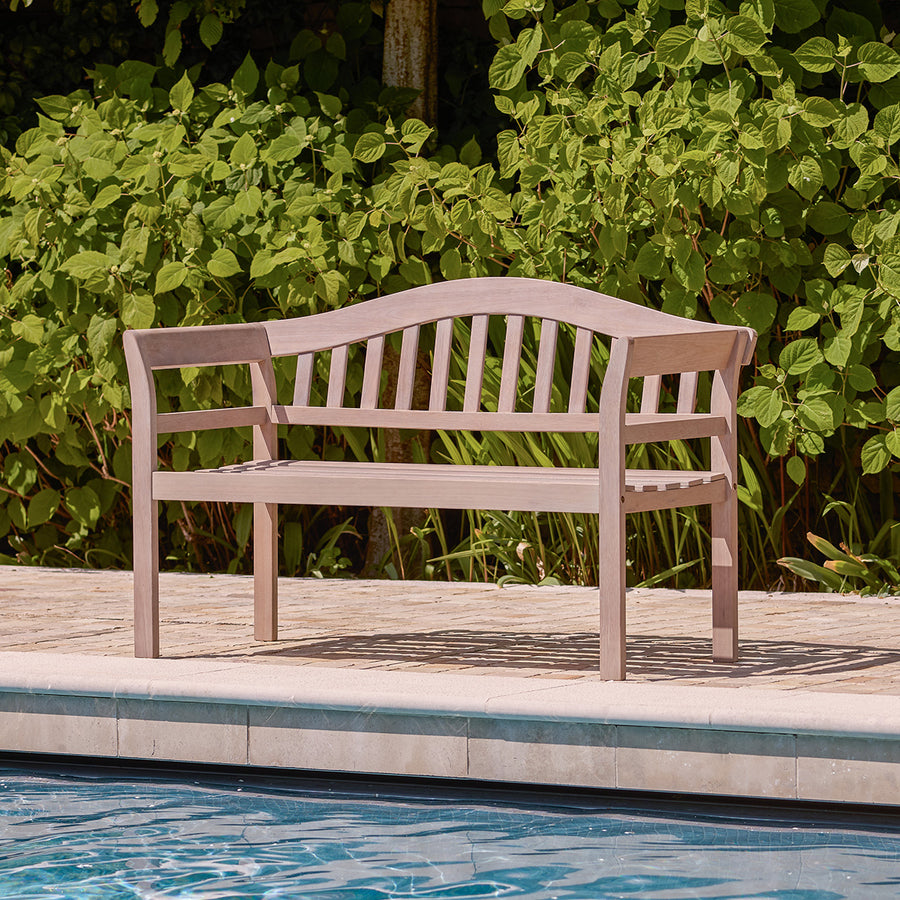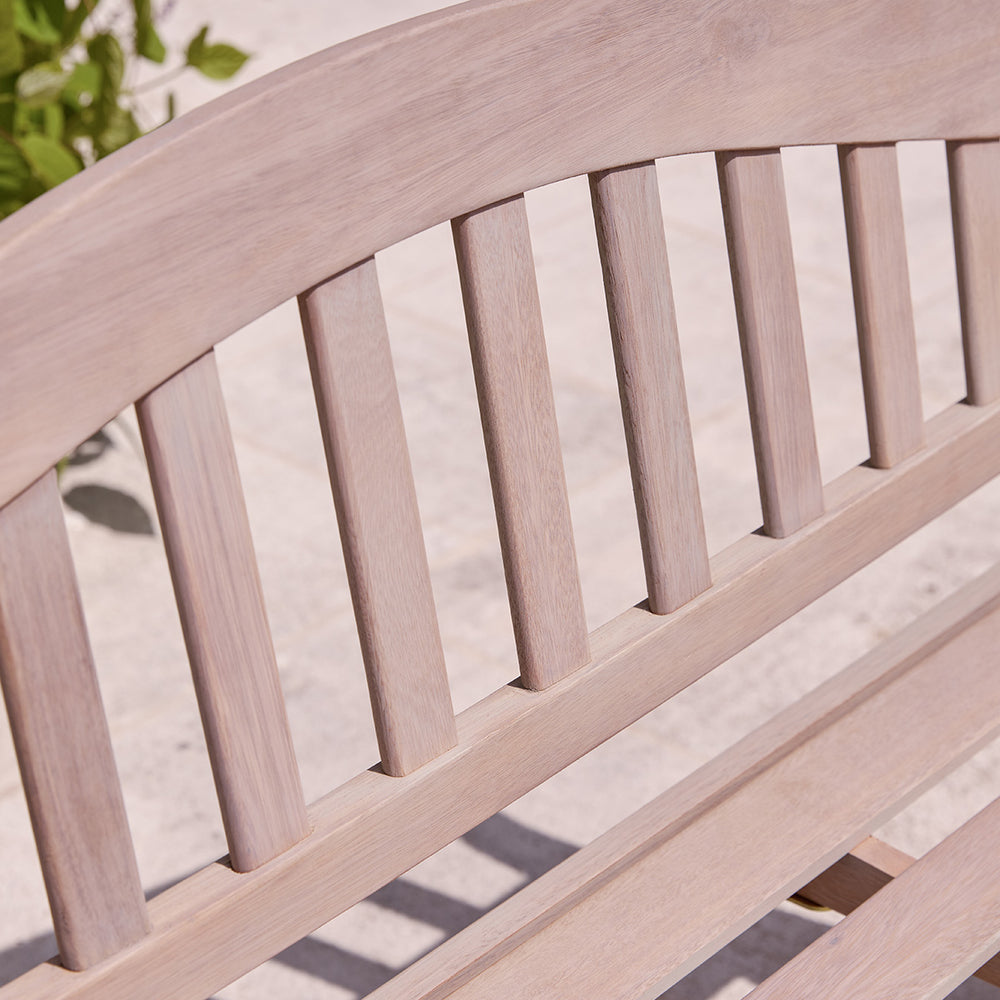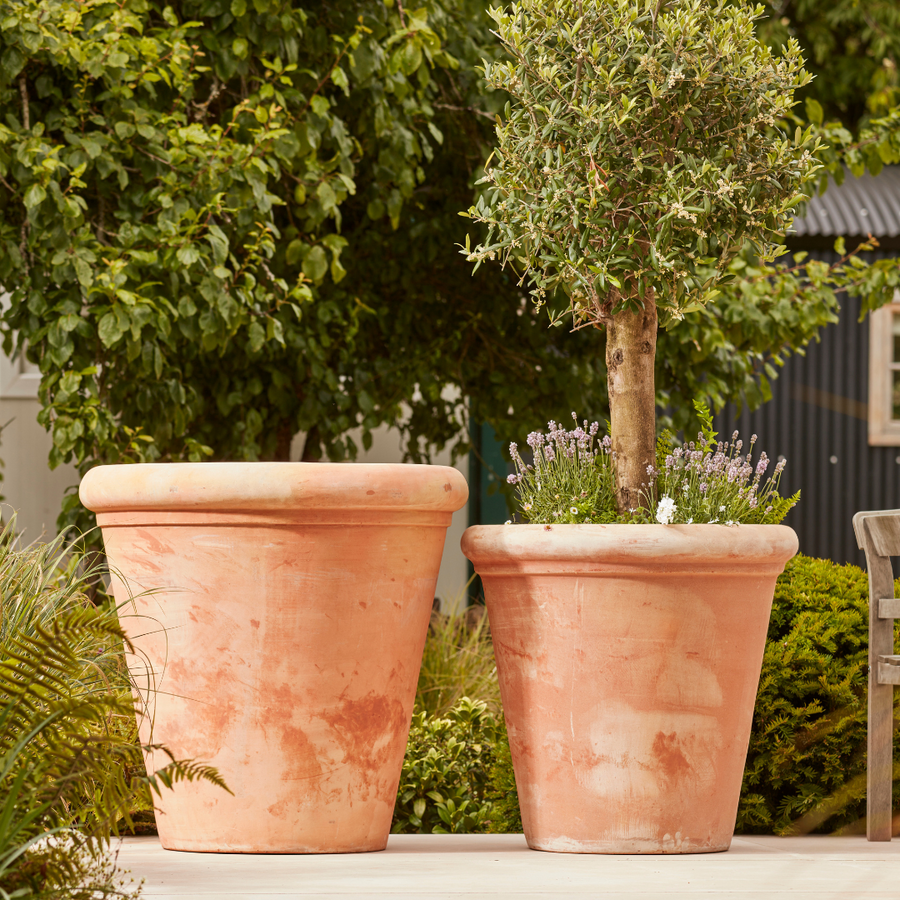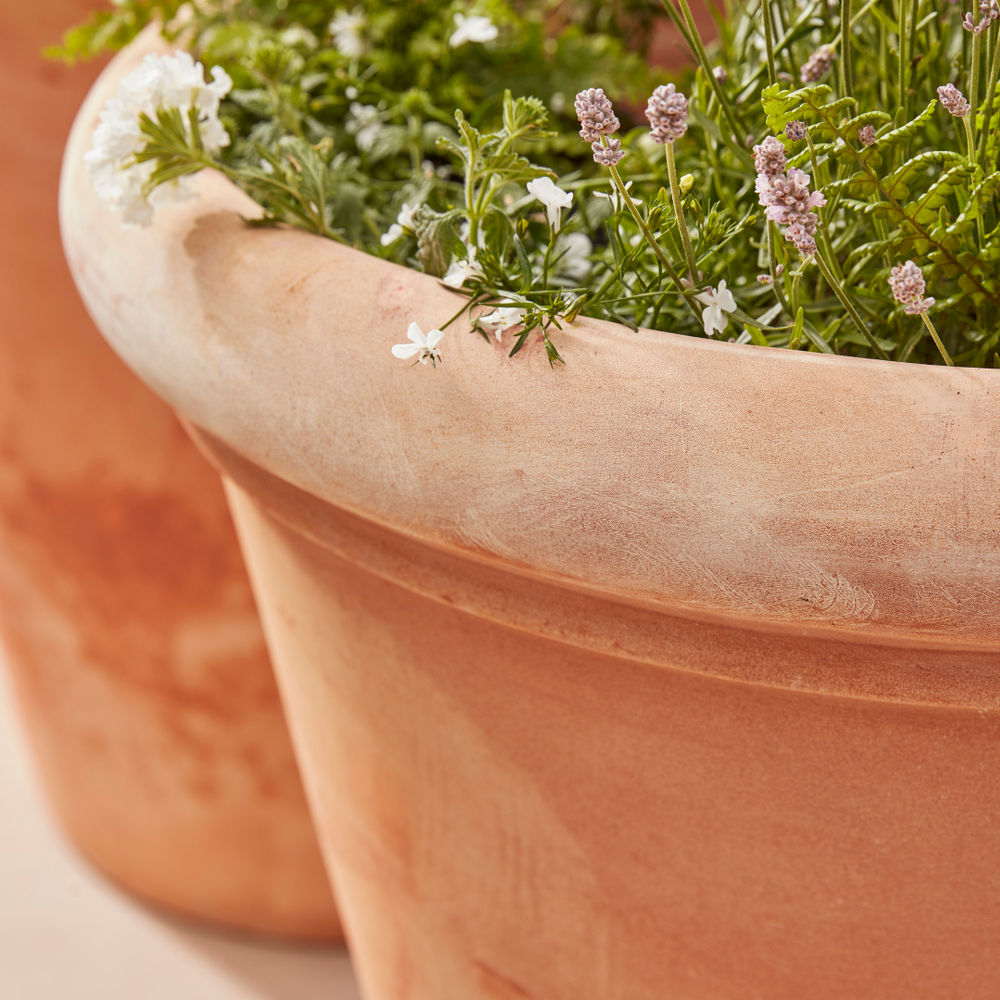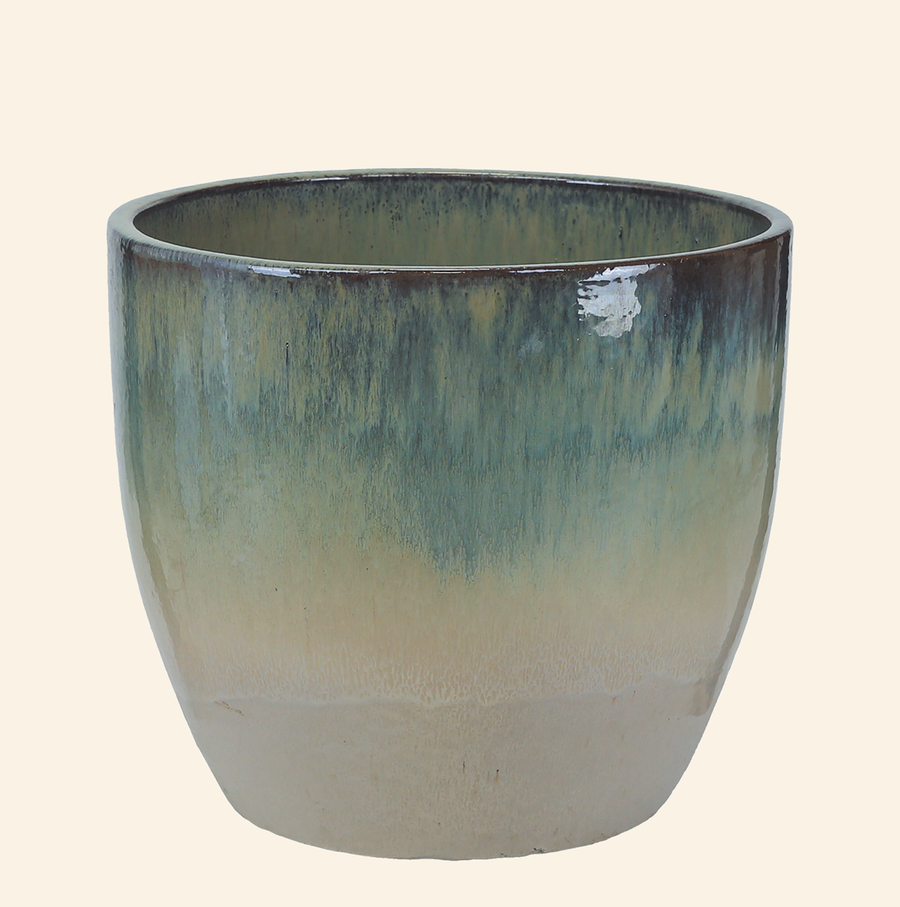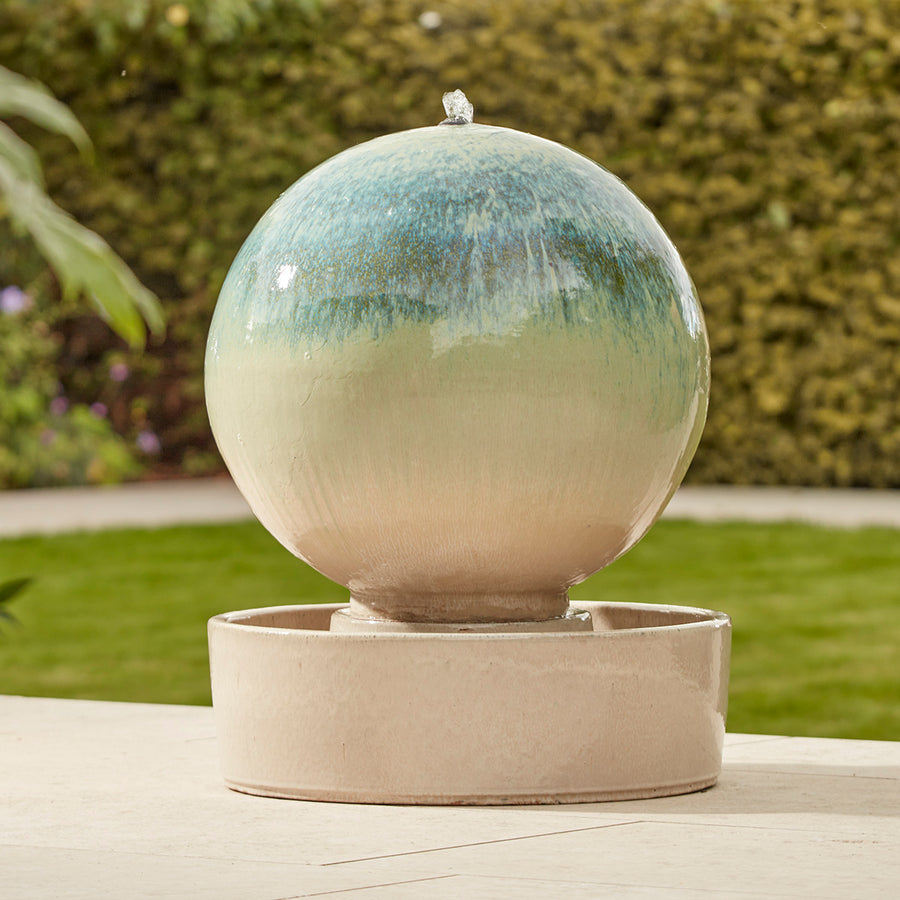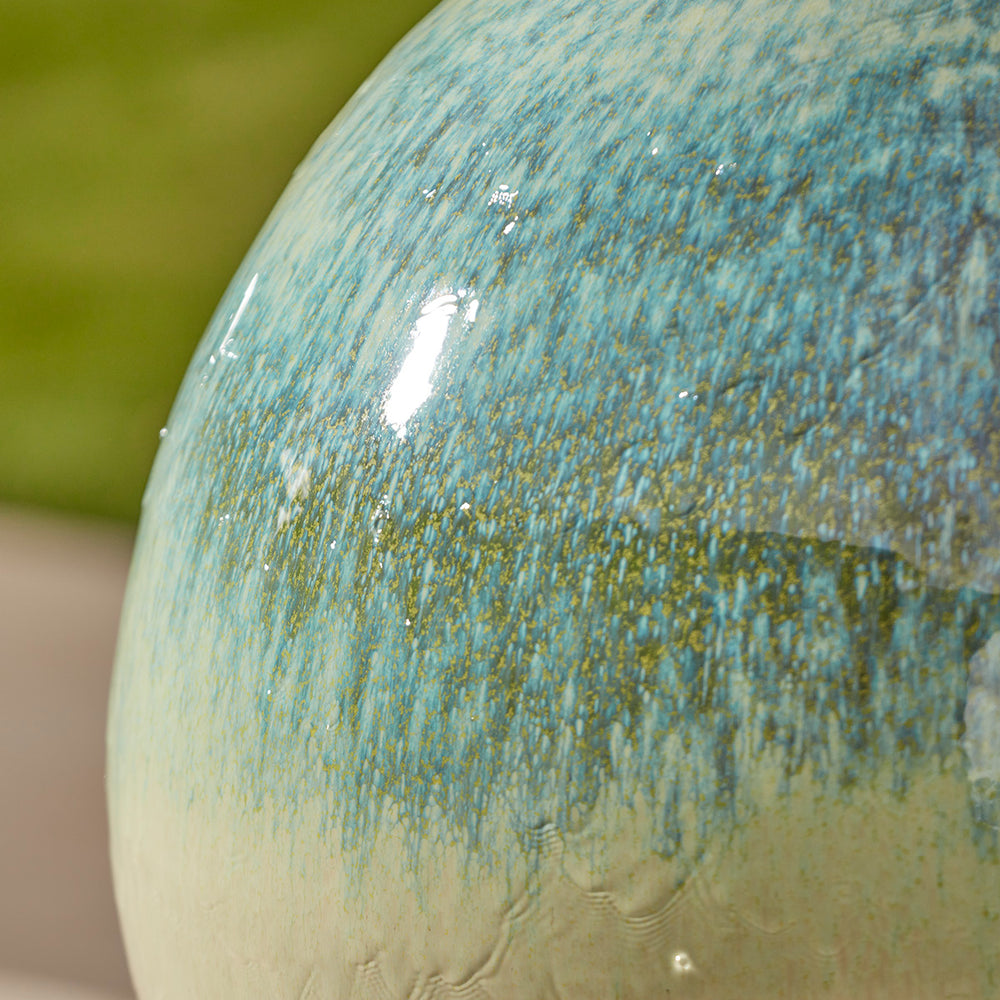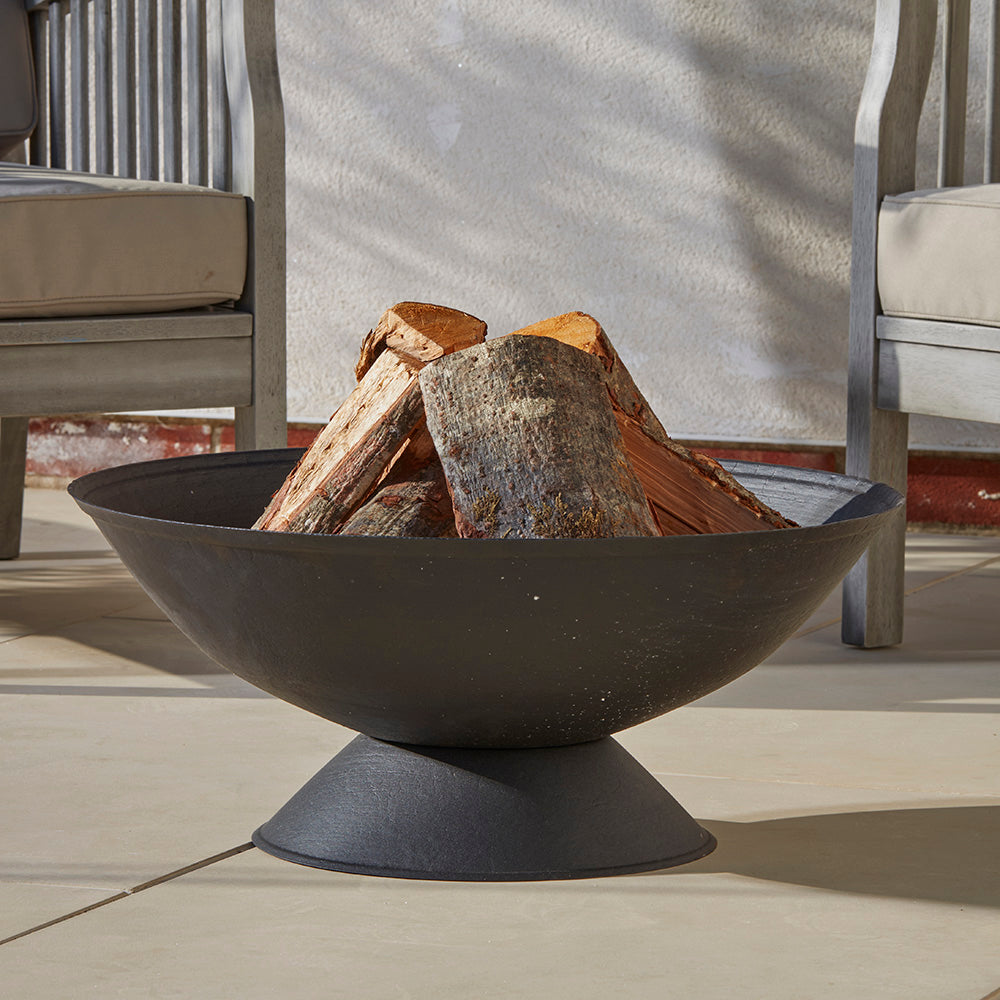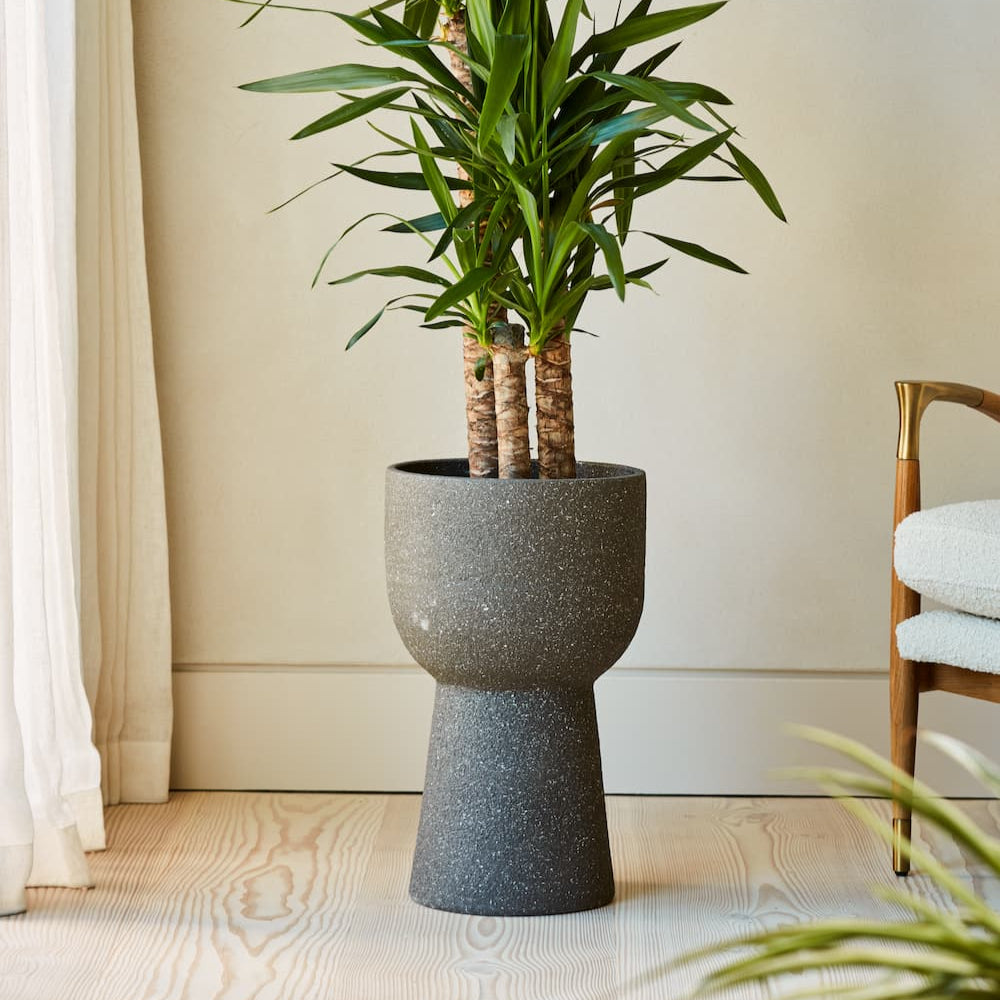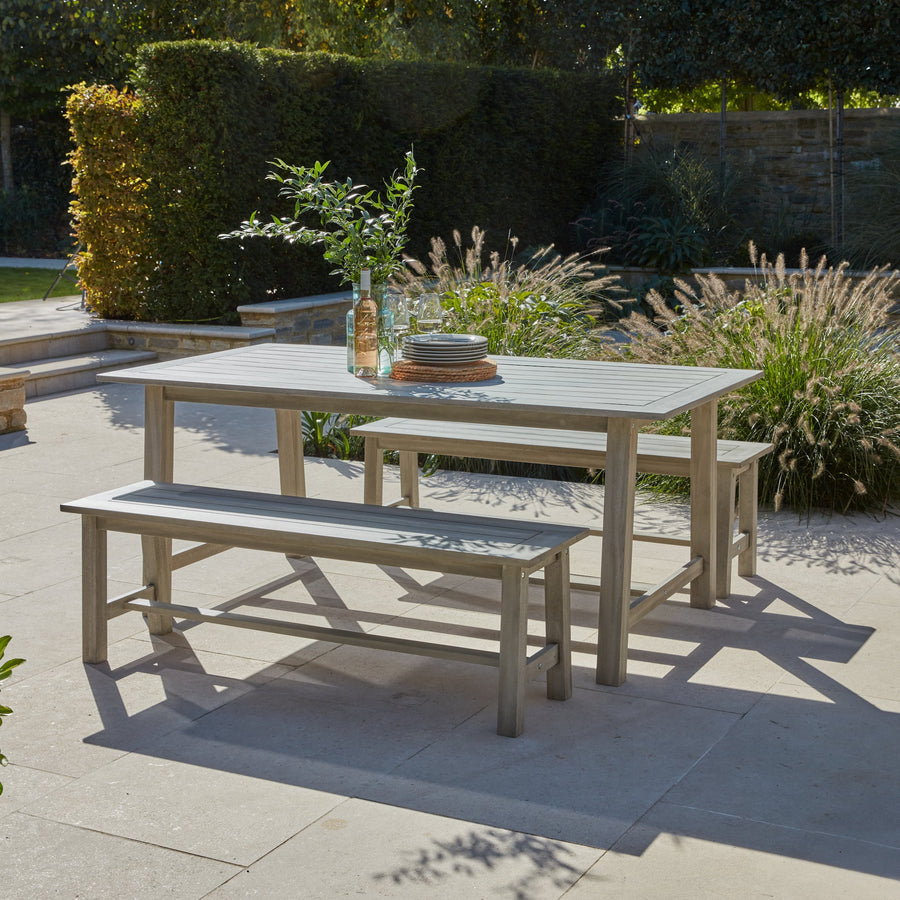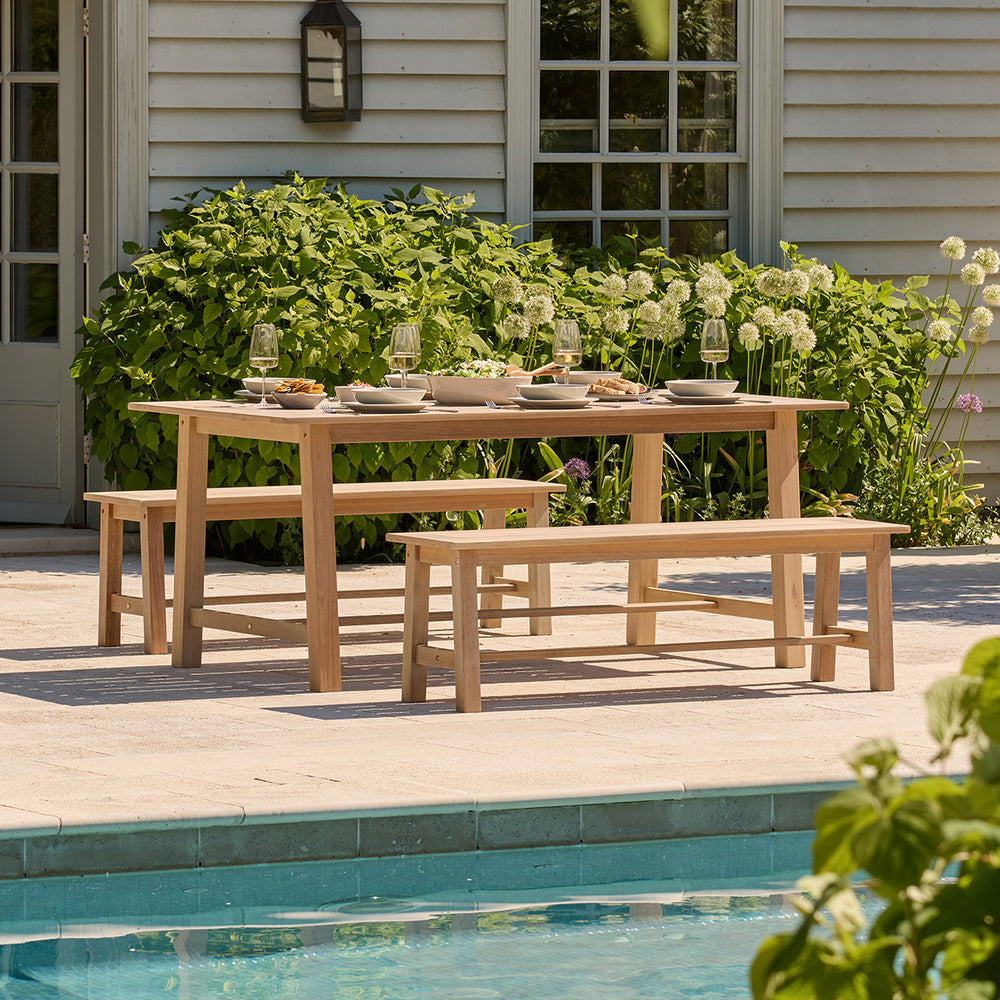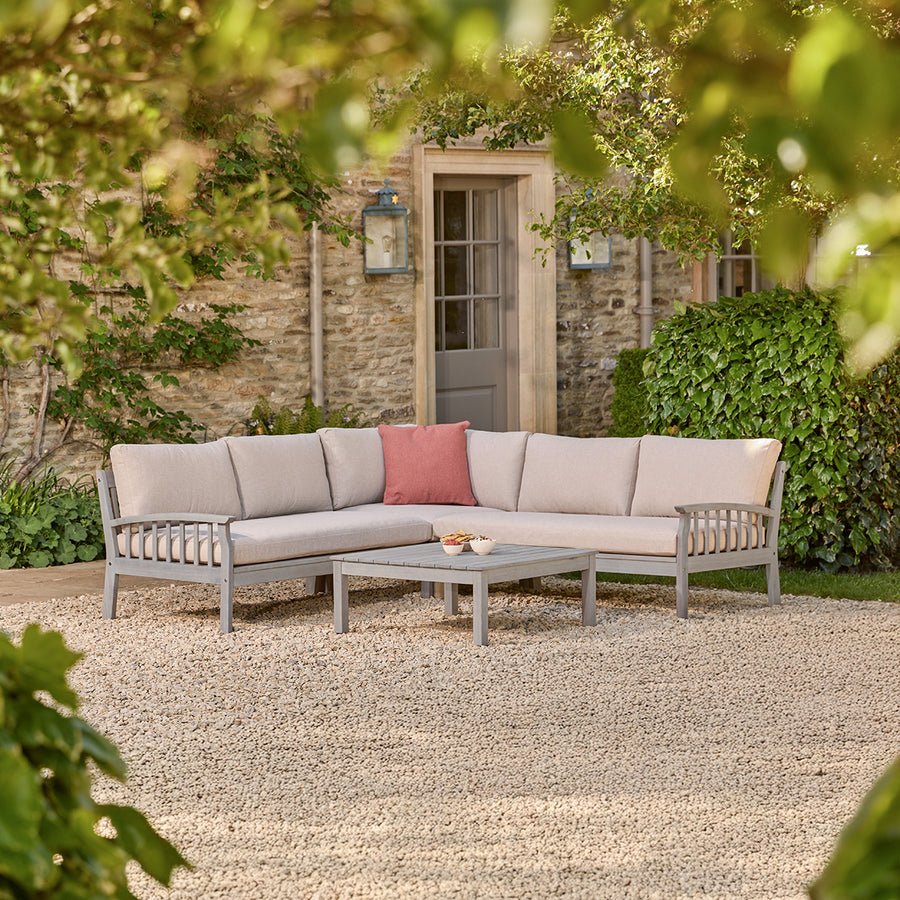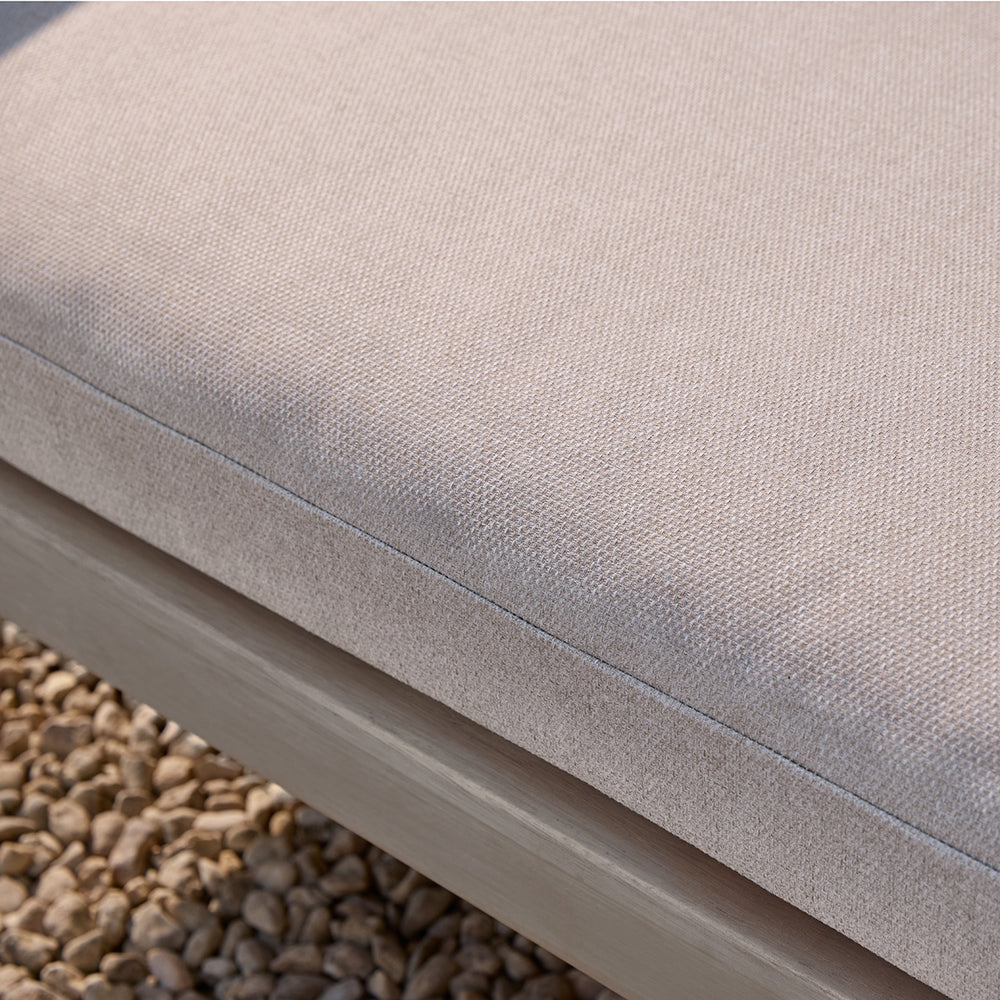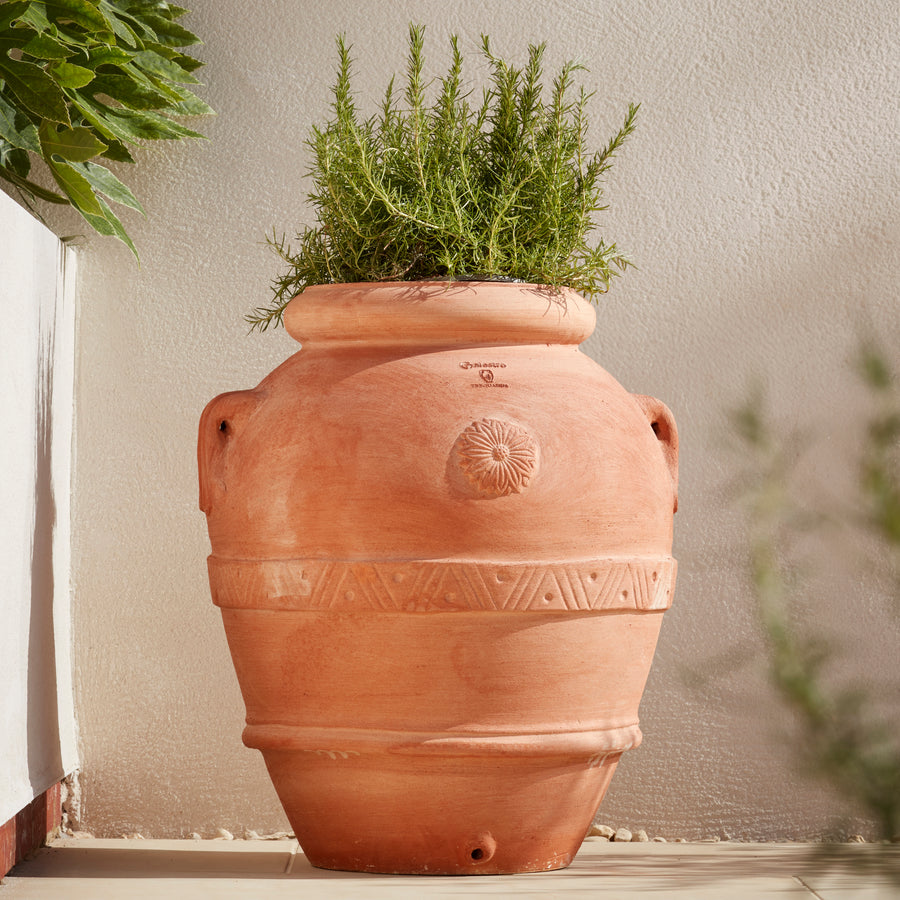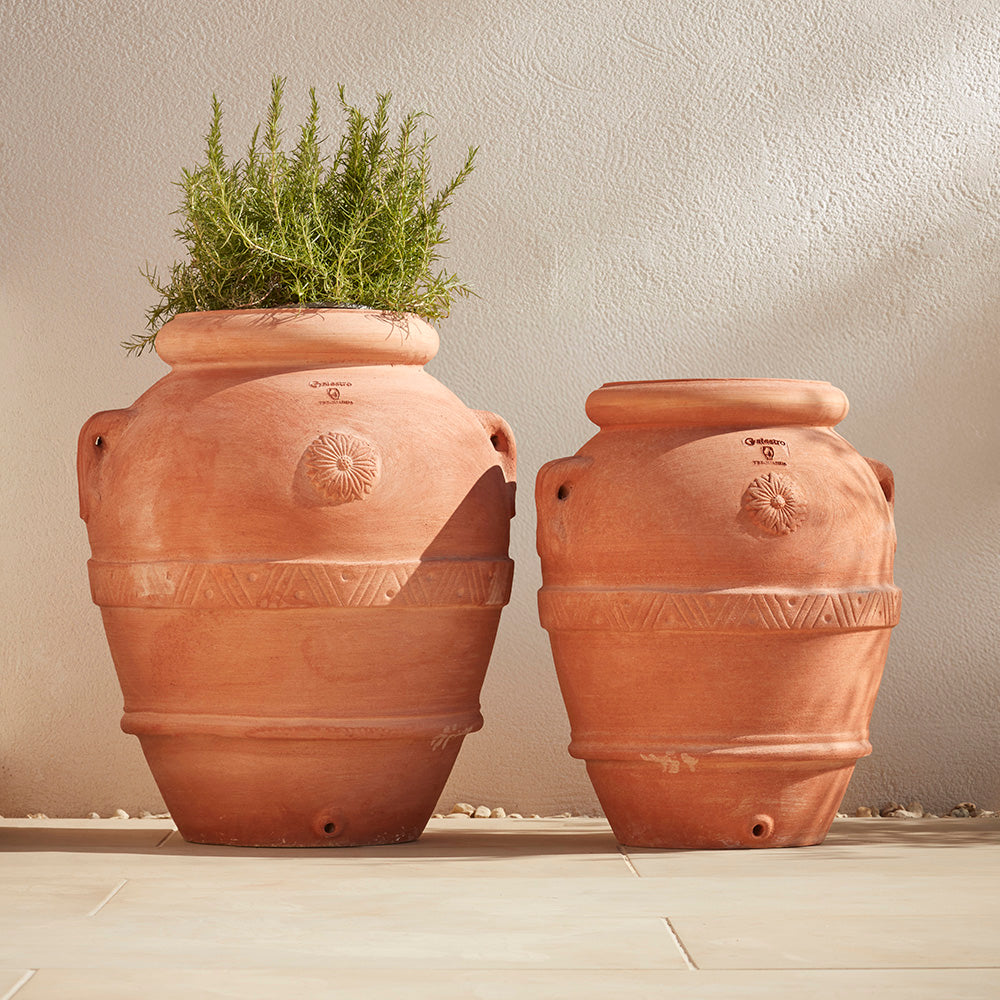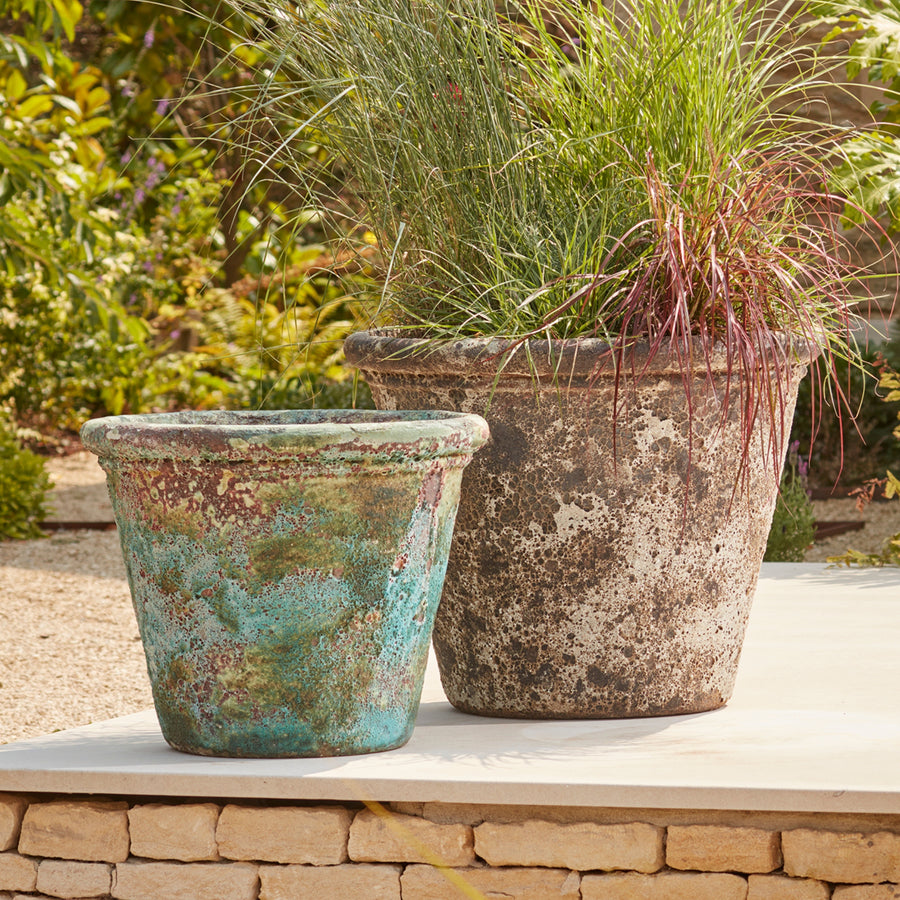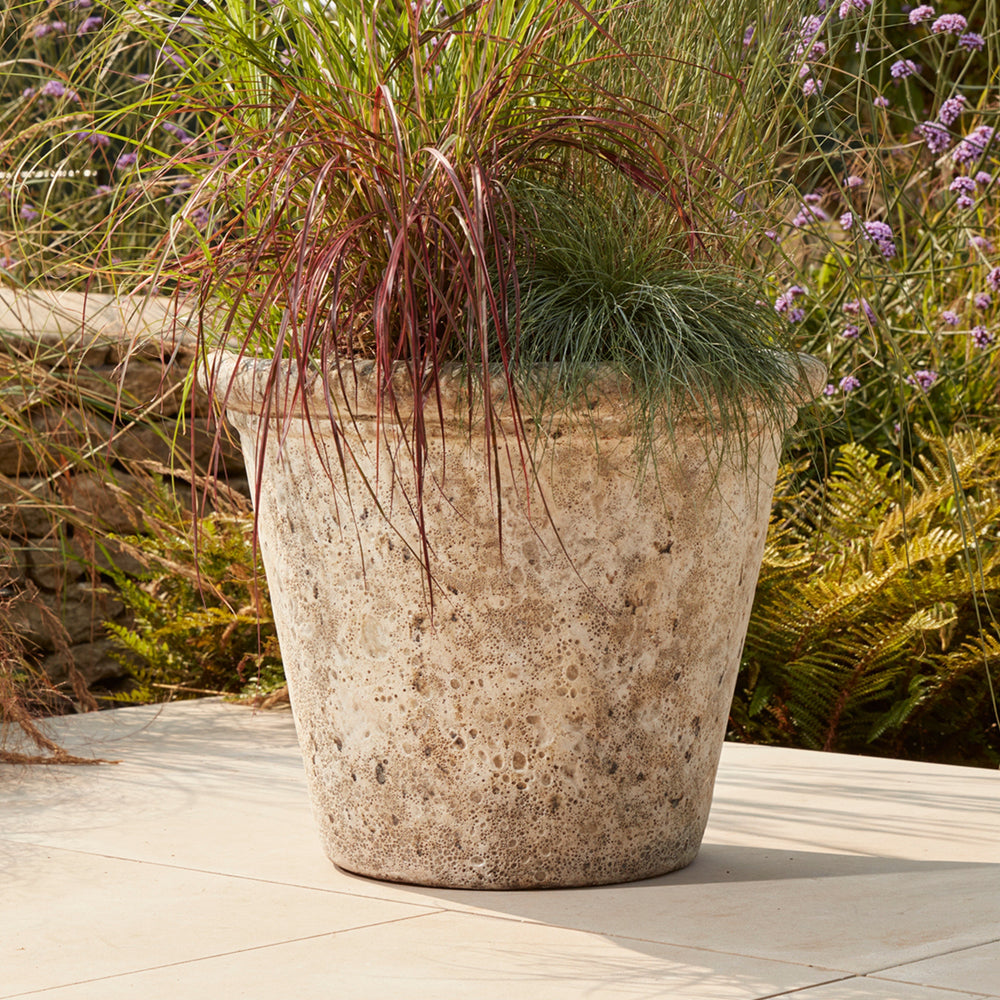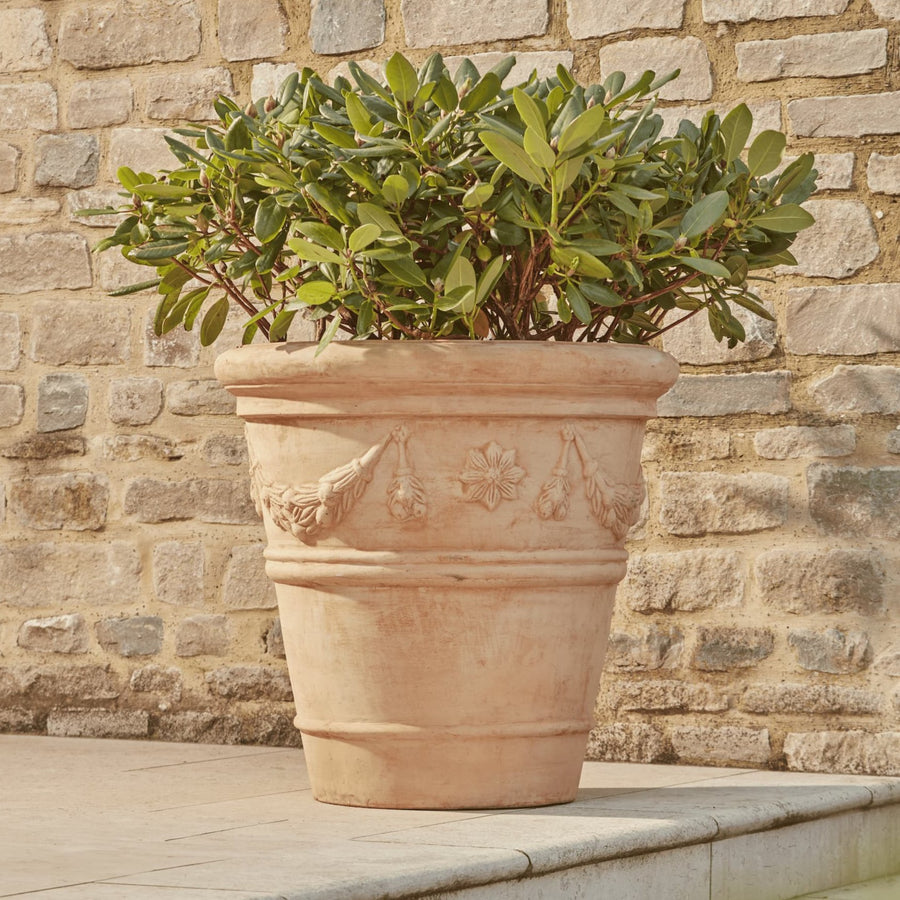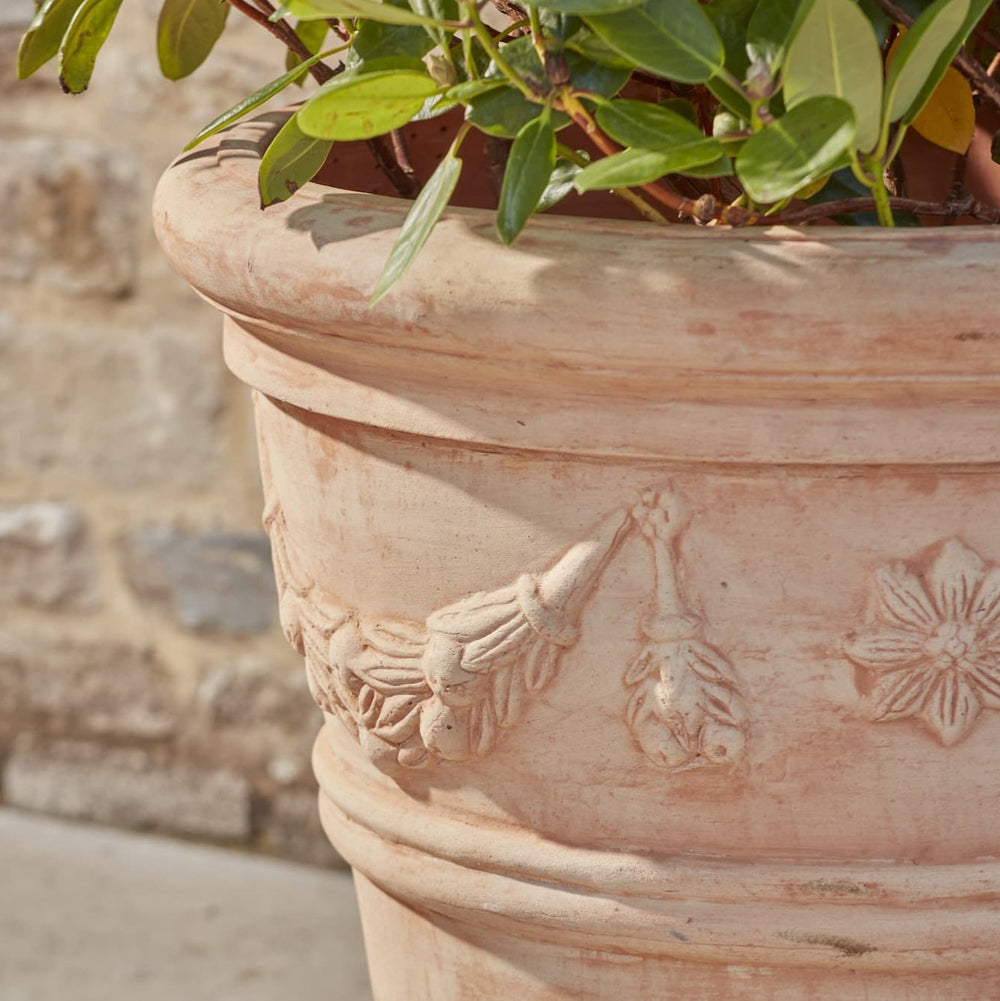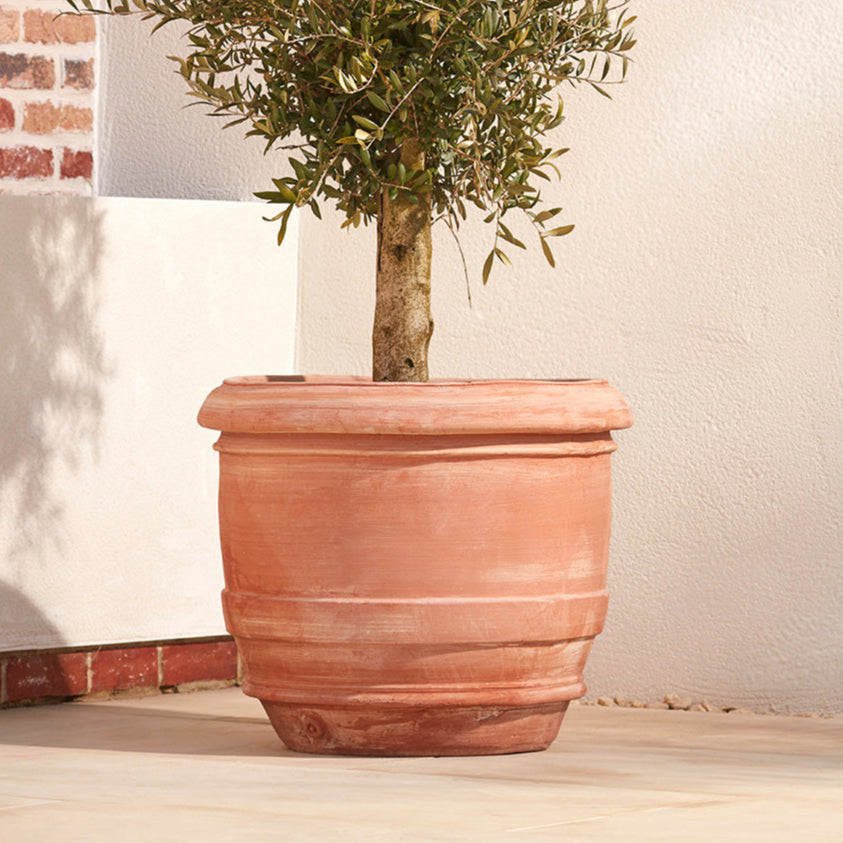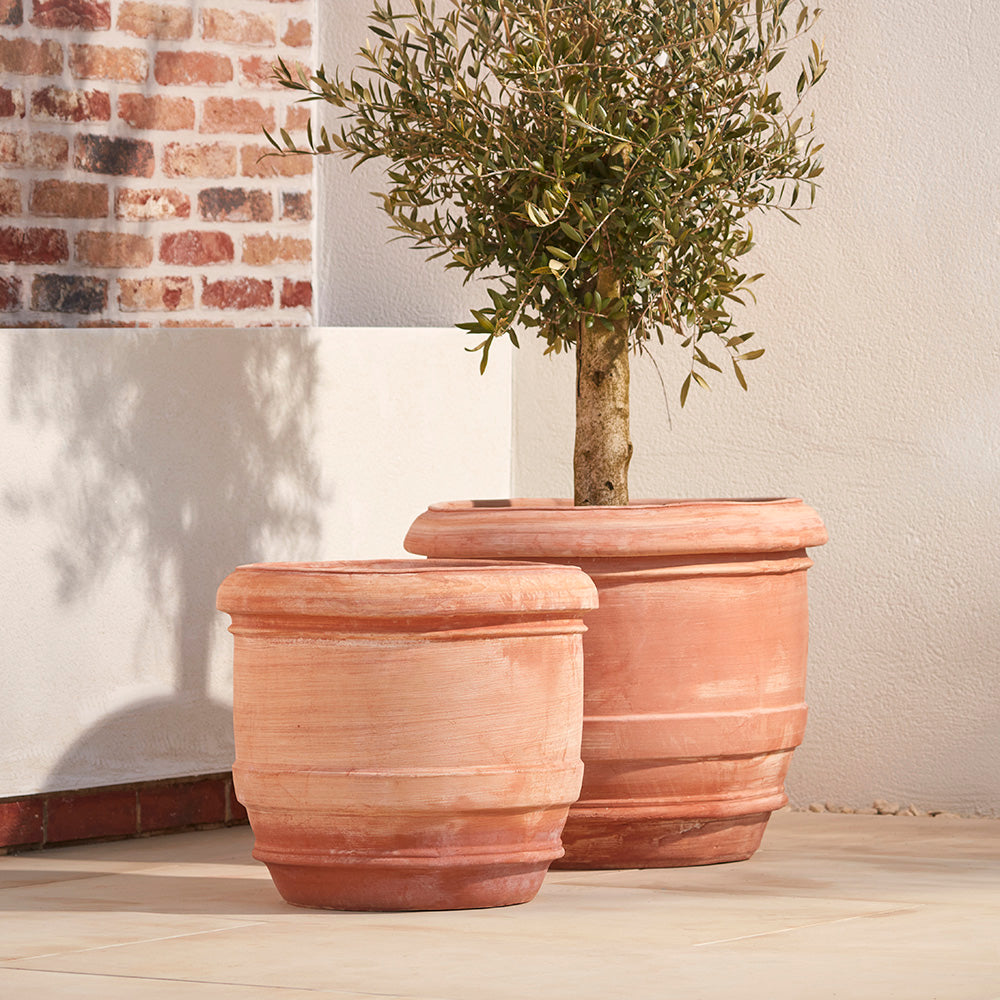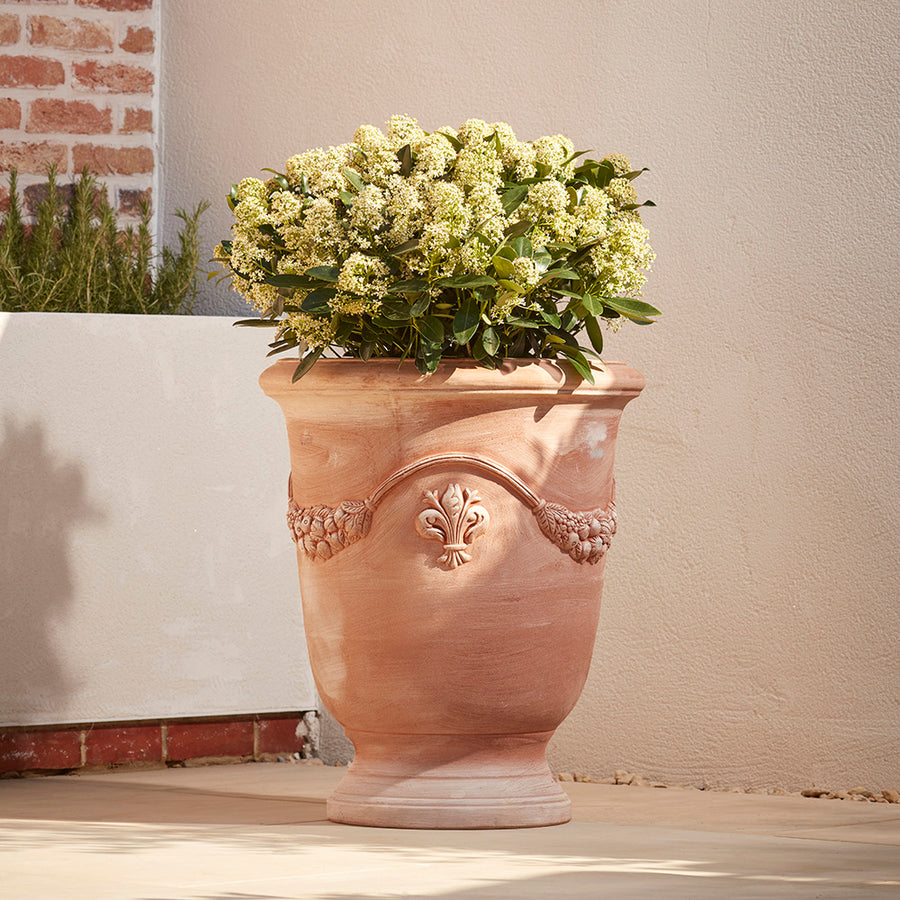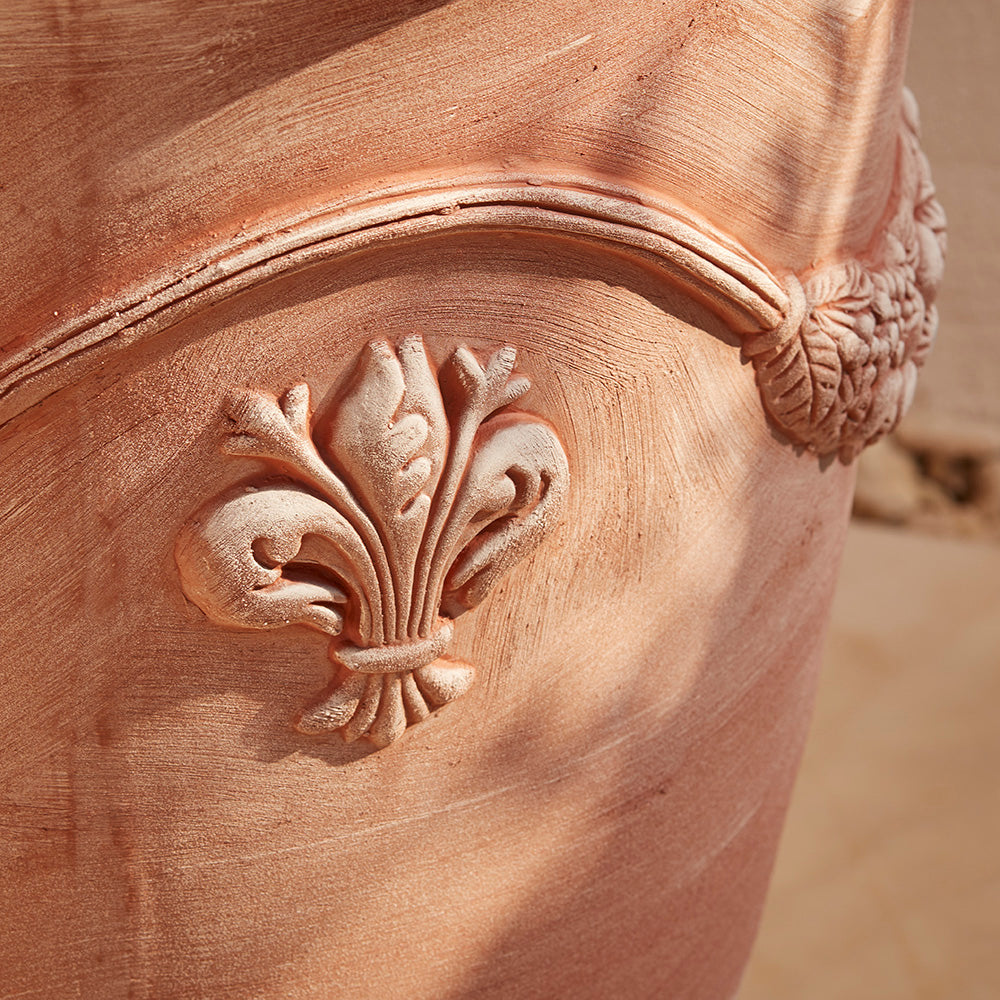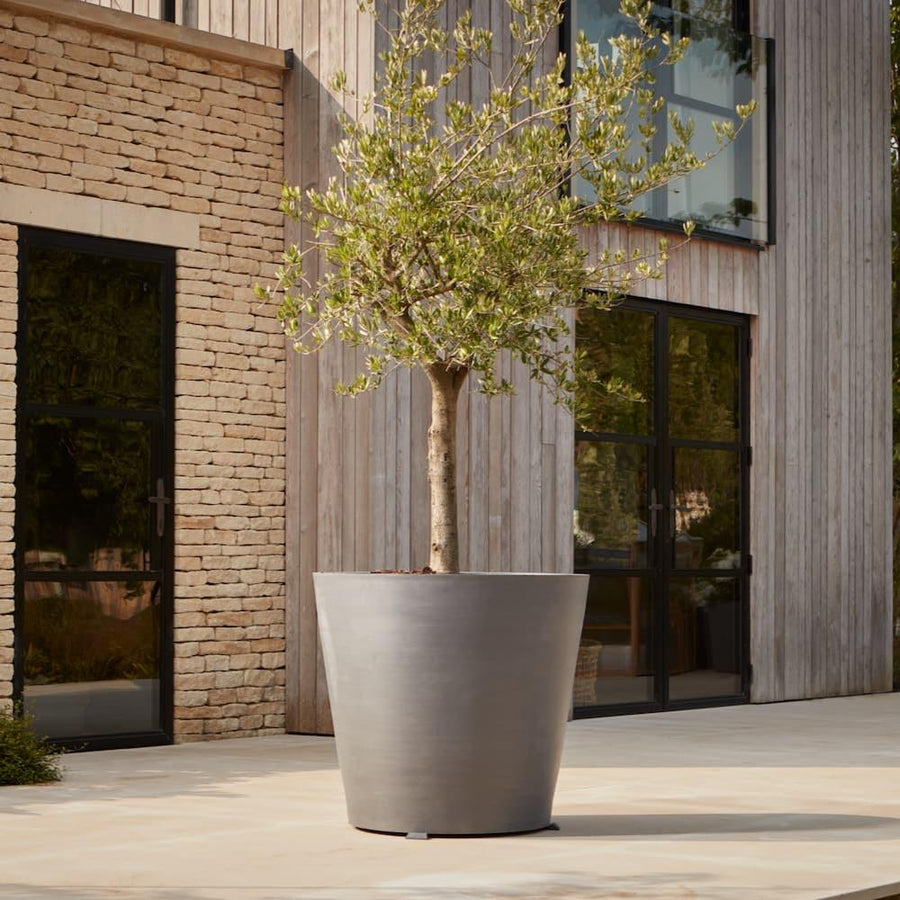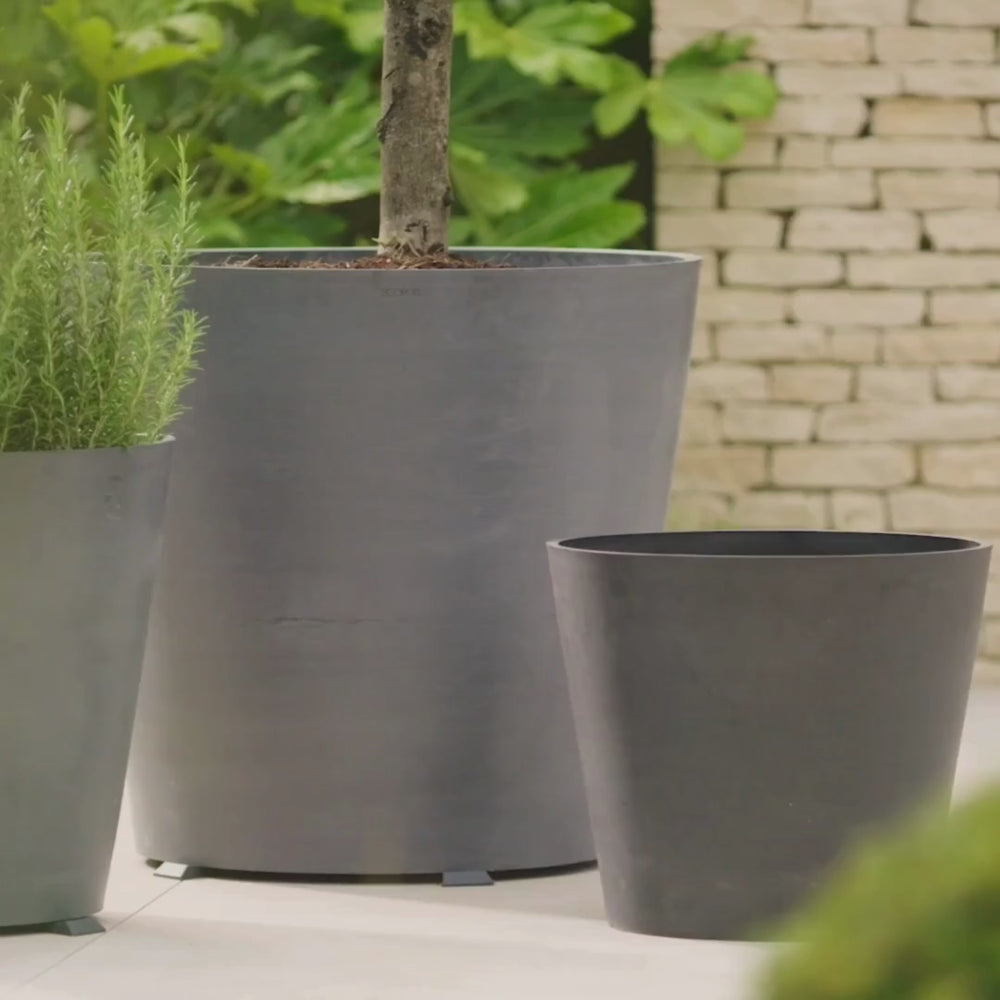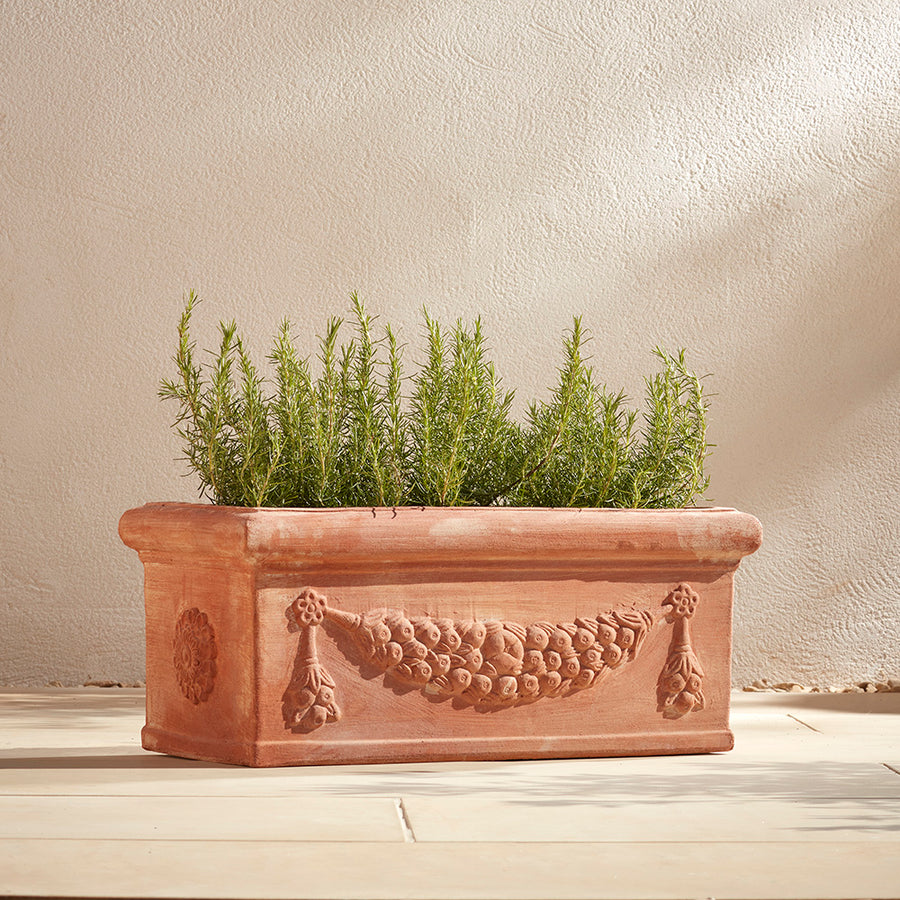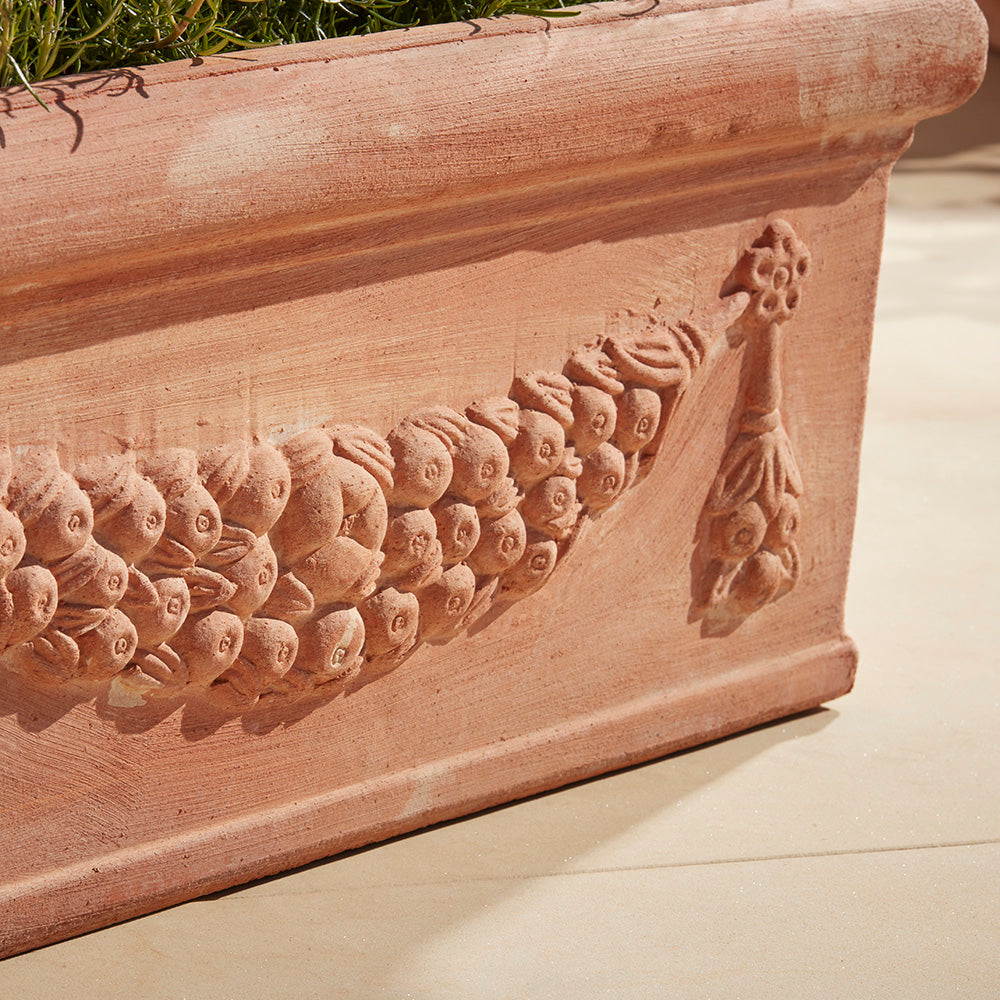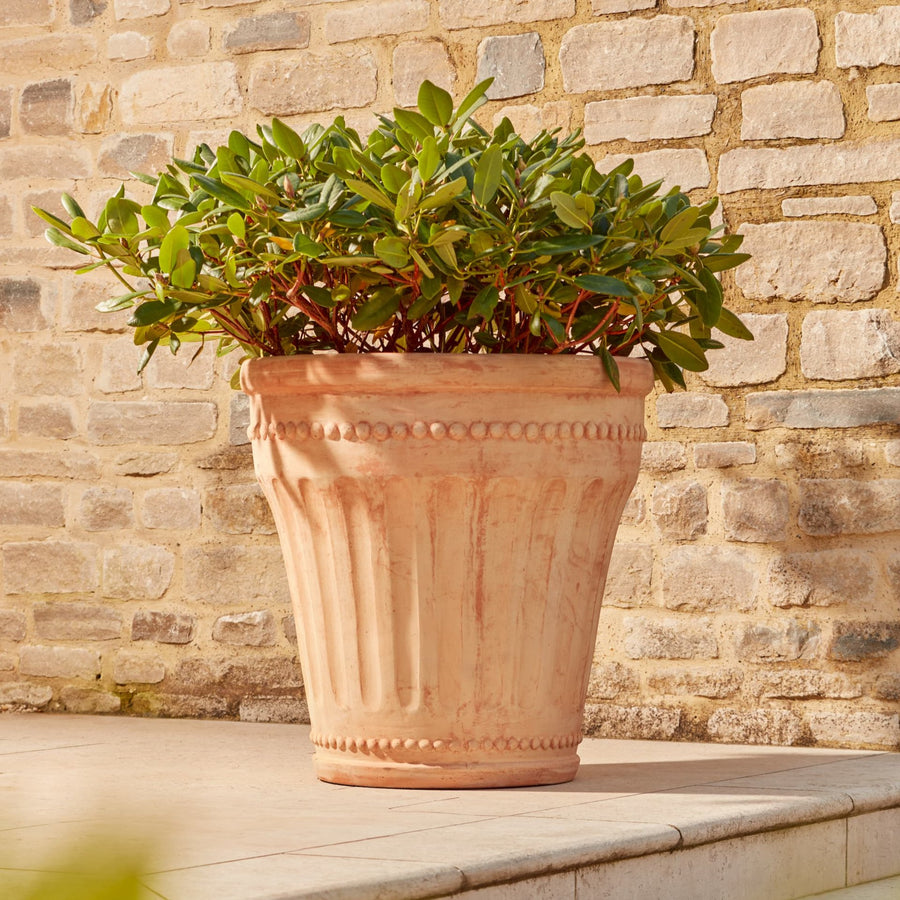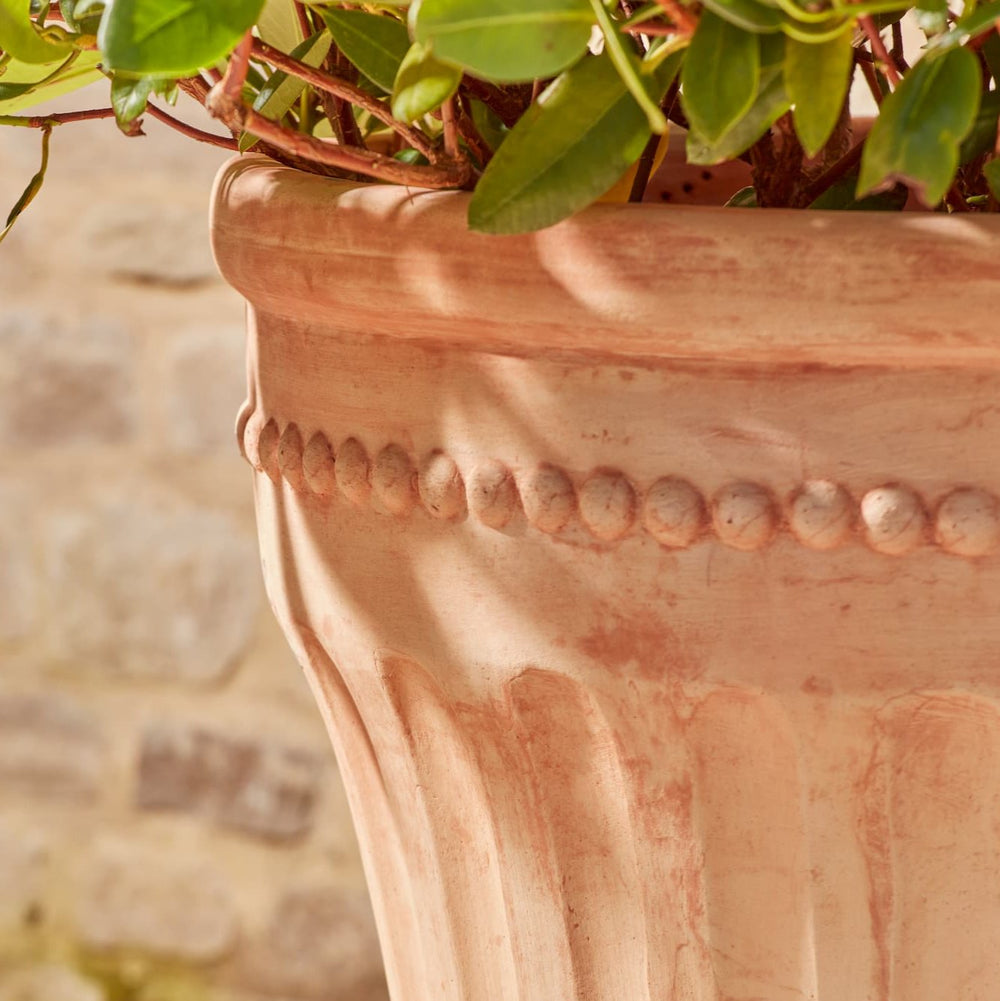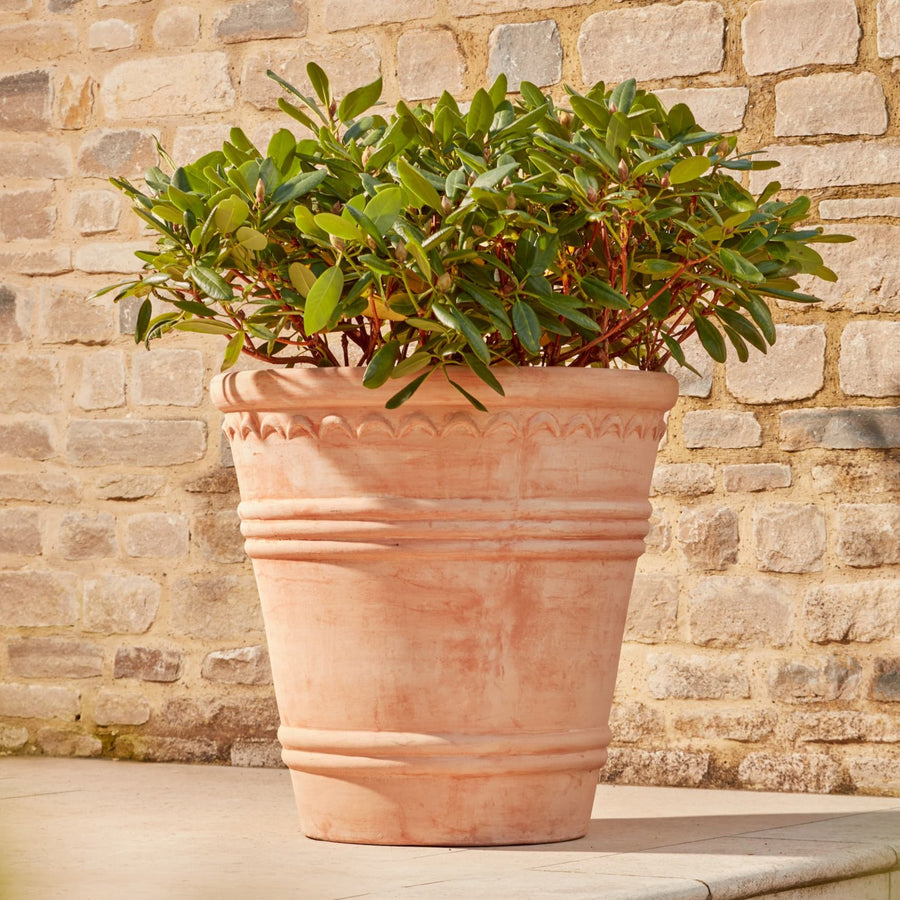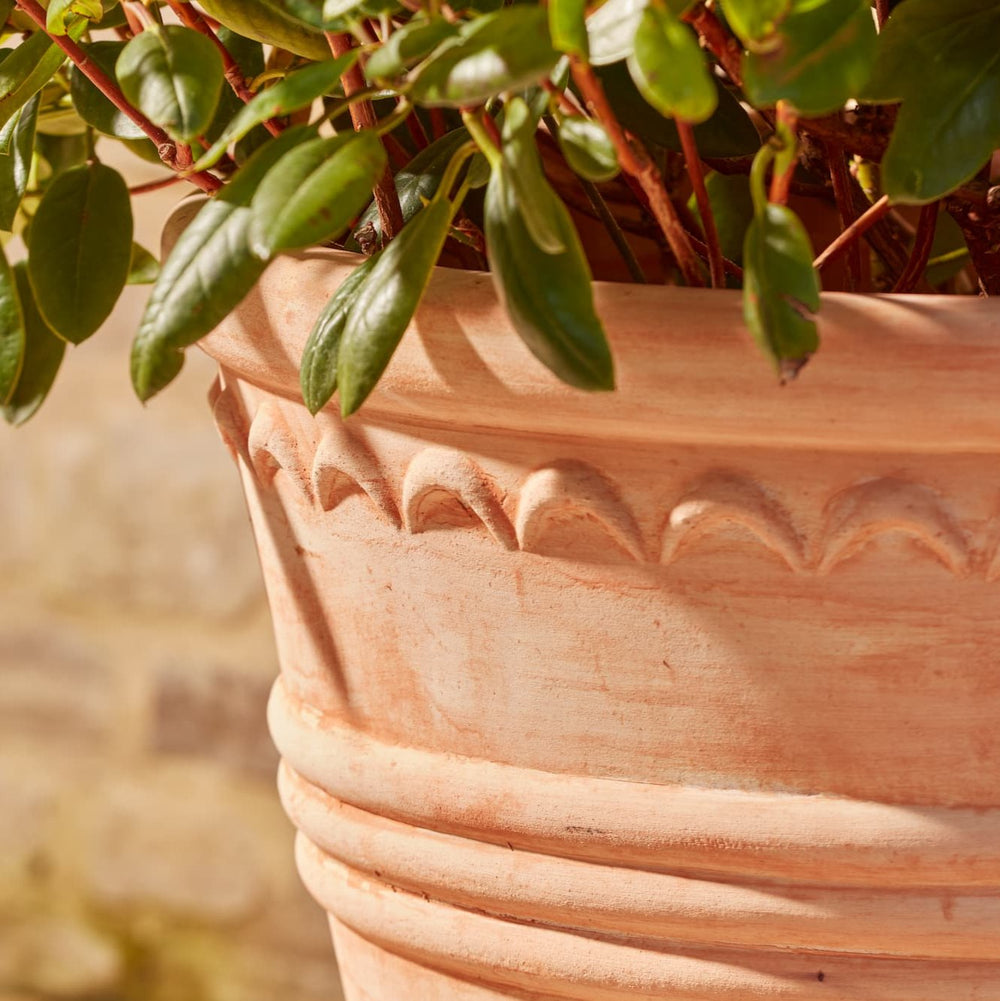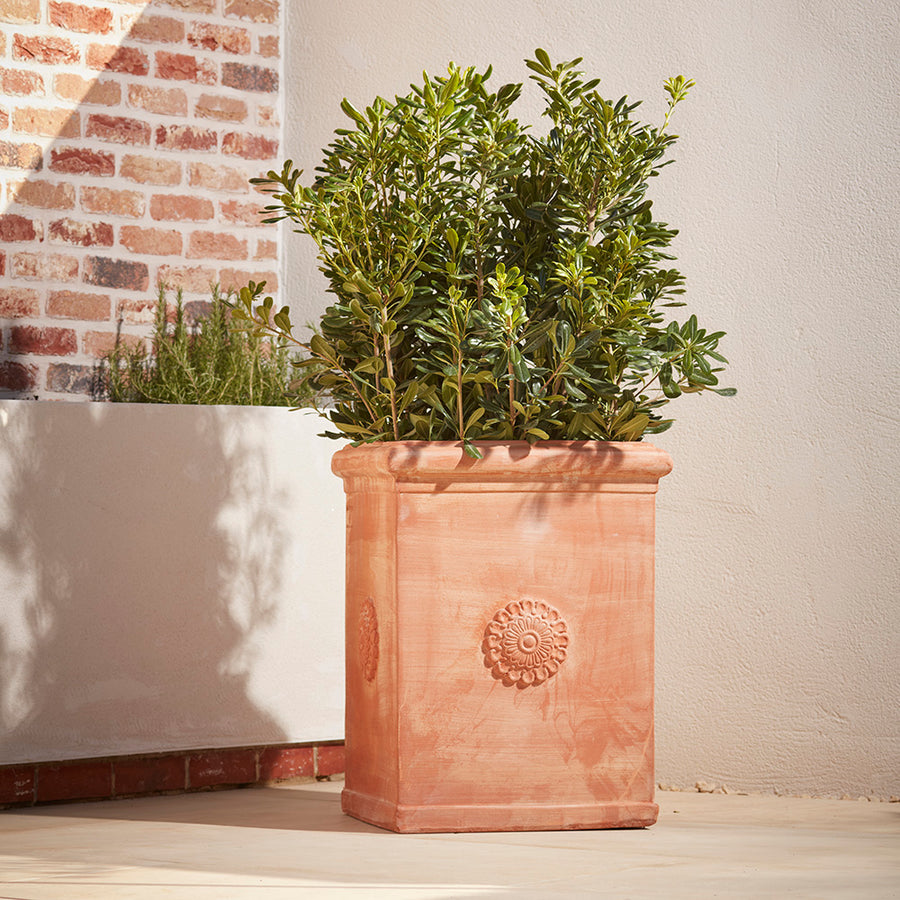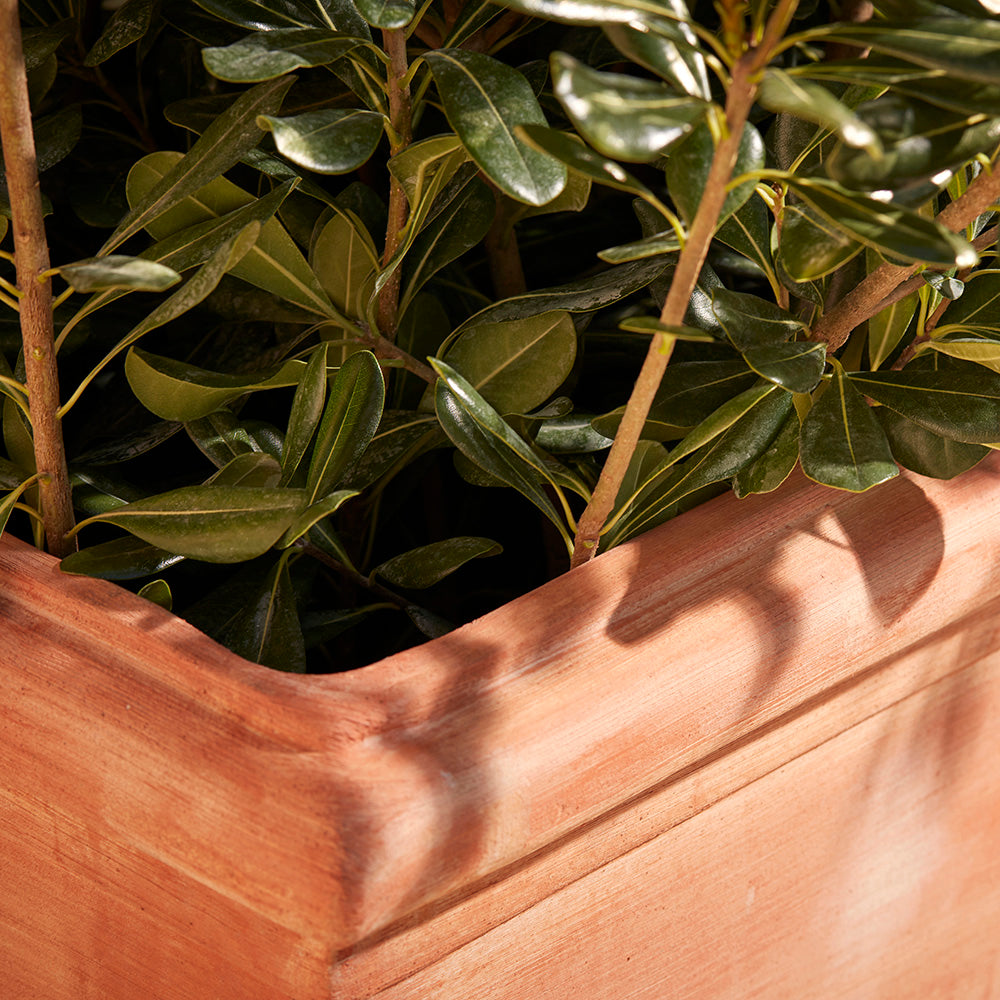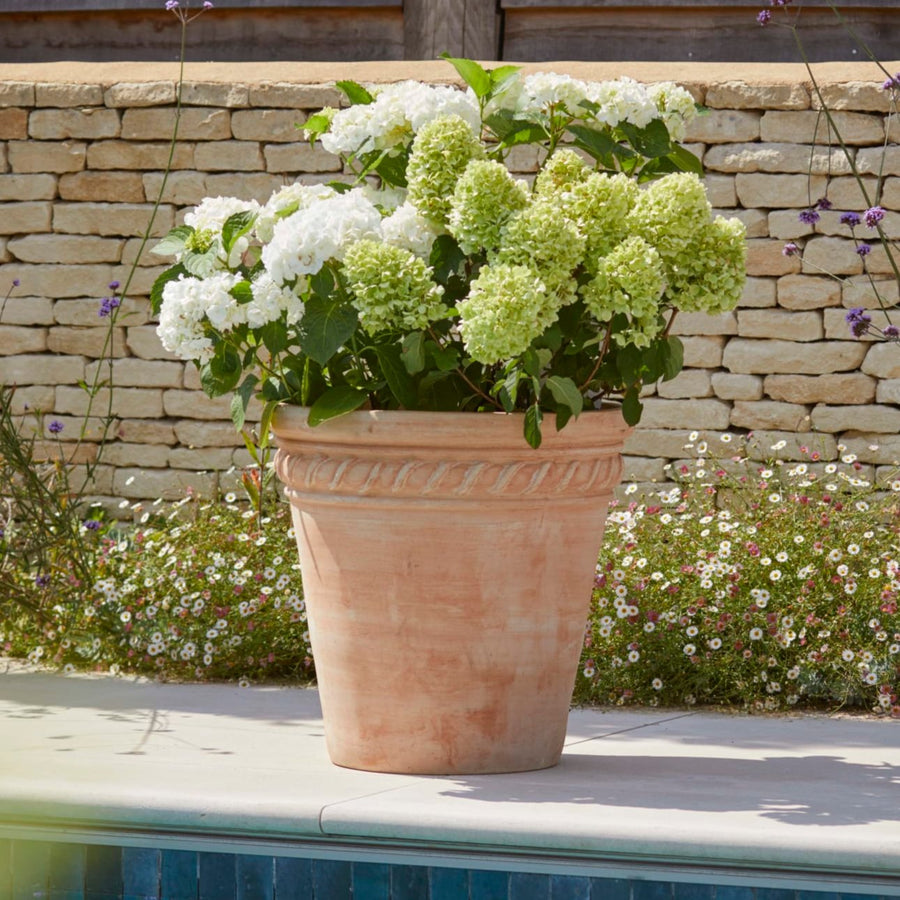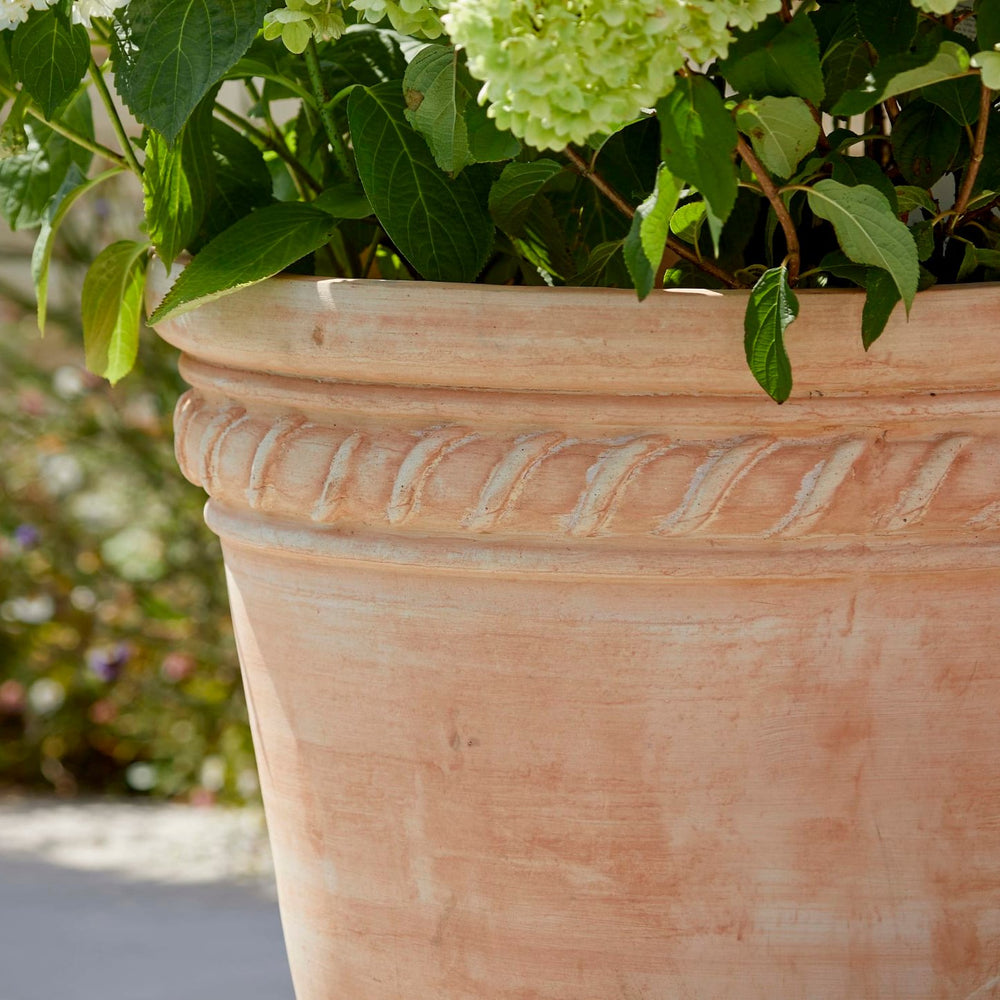How to make homegrown Festive Apple Mulled Juice
Oct 30, 2025by
This winter warmer is the perfect Christmas treat for anyone in the family. Brewed to be non-alcoholic but will also pair perfectly with your favourite Christmas tipple, like a spiced...
How to make Perfect Honey Glazed Pigs in Blankets
Oct 22, 2025by
Nothing beats the sticky sweetness of the Honey Glazed bacon, wrapping the savoury sausage meat, and crisped to perfection on a Christmas Dinner! Join us as we prepare the ultimate...
How to use colour in the garden: A Designer’s Guide
Jul 25, 2025by
Garden designer Keri shares her thoughtful approach to using colour in the garden — from tonal planting schemes and foliage layering to statement pieces like glazed pots and water features....
RECIPES TO SAVOUR THE SEASON: SUMMER
Jul 17, 2025by Claire Hurst
Savour summer evenings with our spicy margarita recipe and explore the newly relaunched Repton collection—crafted for relaxed, refined outdoor living.
Making the Most of Small Garden Spaces
Jun 23, 2025by Hannah Voak
No matter the size, every outdoor space has the potential to become a natural extension of your home, blurring the lines between indoors and out. These simple ideas will help...
RECIPES TO SAVOUR THE SEASON: SALADS
Jun 21, 2025by Claire Hurst
Savour golden summer evenings with our shaved asparagus and courgette salad—a vibrant mix of fresh greens, creamy mozzarella and toasted seeds. It’s the kind of dish made for easy summer...



